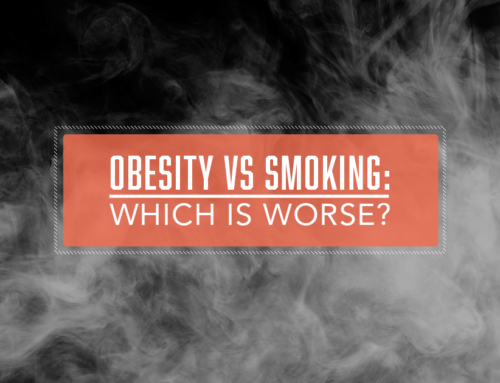The CDC released a report this month that makes it inarguable: Obesity has reached epidemic proportions in the US, and the problem is getting worse. More than 72 million U.S. adults are now classified as obese (Body Mass Index > 30), making obesity a major public health threat according to the CDC, which is calling for immediate, comprehensive and ongoing efforts to address the problem.
Risks of obesity are well-documented, including heart disease, stroke, type 2 diabetes and certain types of cancer – some of which are the leading causes of death today.
Nine US states have obesity rates of more than 30% – compared with NO states at this high level just a decade ago. As in previous surveys, Mississippi had the most obese people and Colorado the fewest.
This increase, dramatic as it is, is based on self-reported data and so is likely to be understated according to the CDC
Annual medical costs of obesity are estimated as high as $147 billion – the CDC report states that persons who are obese have medical costs that are on average $1,429 more than persons of normal weight. These costs are disproportionately borne by blacks and Hispanics, who have higher obesity rates: 36.8% of U.S. black adults have a BMI of 30 or more ; this number climbs to 41% for black women. More than 30 percent of Hispanic adults are obese.
“Obesity is a societal problem and it will take a societal response”
The federal government and some states are looking to legislation to reduce obesity through exercise and eat healthier foods. New York and California are considering a tax on sweetened soft drink. First Lady Michelle Obama and cabinet secretaries are focusing initiatives on childhood obesity in particular, discussing expanding programs that provide fruits and vegetables to schools, hospitals and communities.
Another tool in the fight against obesity is weight loss surgery. While gastric bypass has traditionally been considered the gold standard of bariatrics, newer, less invasive restrictive procedures have become extremely popular, with more than 50,000 patients seeking adjustable gastric banding each year, drawn by the affordability and simplicity of the procedure. In 2010, gastroenterology debuted a new restrictive procedure called gastric plication.
Bariatric surgeons are excited about the procedure because it is offers similar weight loss outcomes to the more invasive gastric bypass and vertical sleeve gastrectomy, while significantly reducing the risks associated with those procedures. The plication procedure, which is available from only a handful of particularly skilled obesity surgeons, offers patients greater and faster weight loss than LAP-Band, without the use of devices or the need for follow-up for band adjustments and fills.






